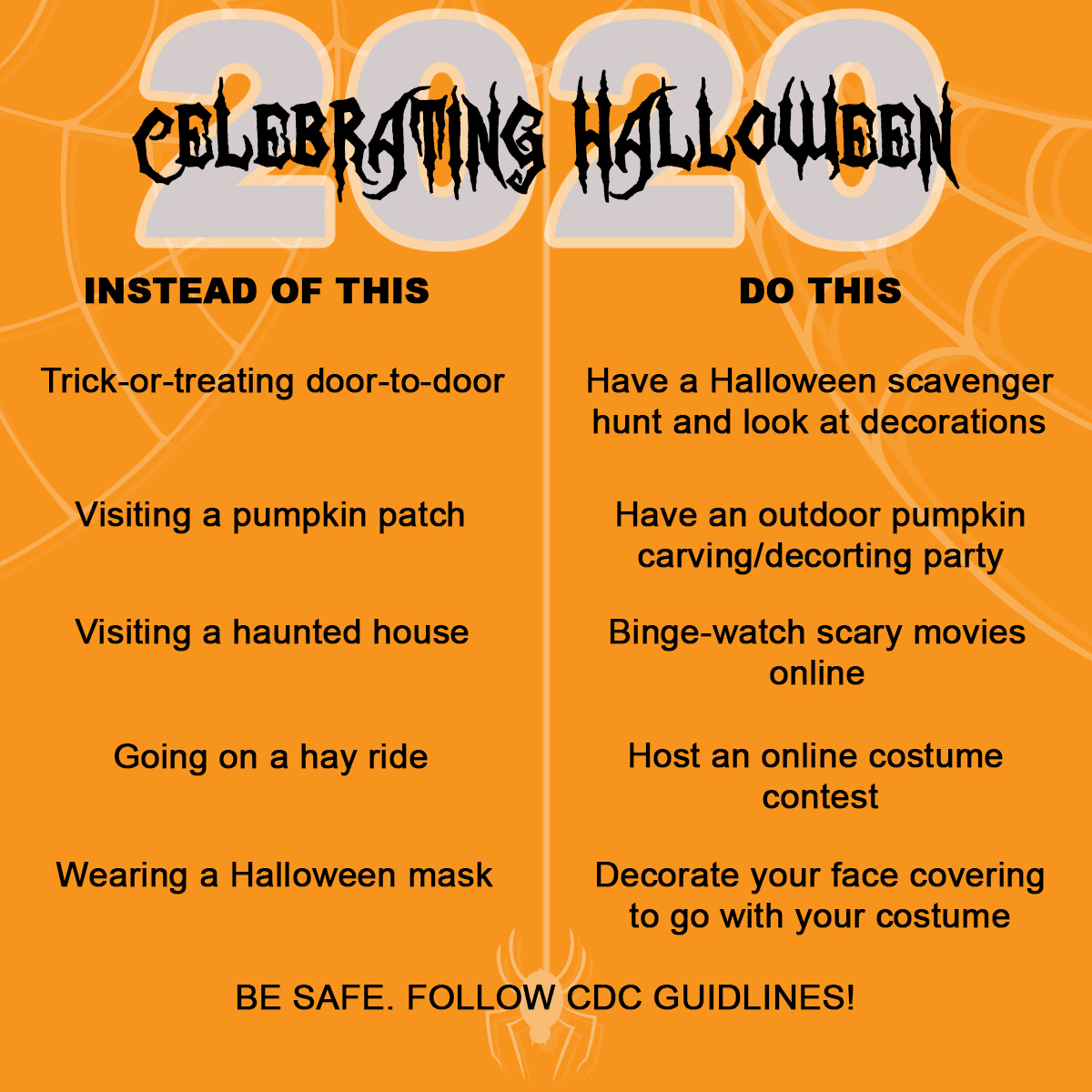If you, like many Americans, have young children who enjoy dressing up in costumes and collecting candy on October 31, this year may present new challenges. The move away from kids running around in groups on Halloween and “trick-or-treating” from house to house began to occur when knowing your neighbors got less normal. Things have changed since you were a kid. The awareness of sugar’s contribution to health problems isn’t the only way. In days past, it was a favorite pastime to sit on your porch and chat with neighbors in the evening after work. Today, many households don’t even use their front doors, entering and exiting the house through the door in their garage.
Since parents are (rightfully) uneasy allowing kids to be on their own after dark even in groups, it has become more popular to have celebrations in large groups hosted by businesses, churches, or recreational facilities and the like. But with COVID restrictions in place, what will Halloween look like in 2020?
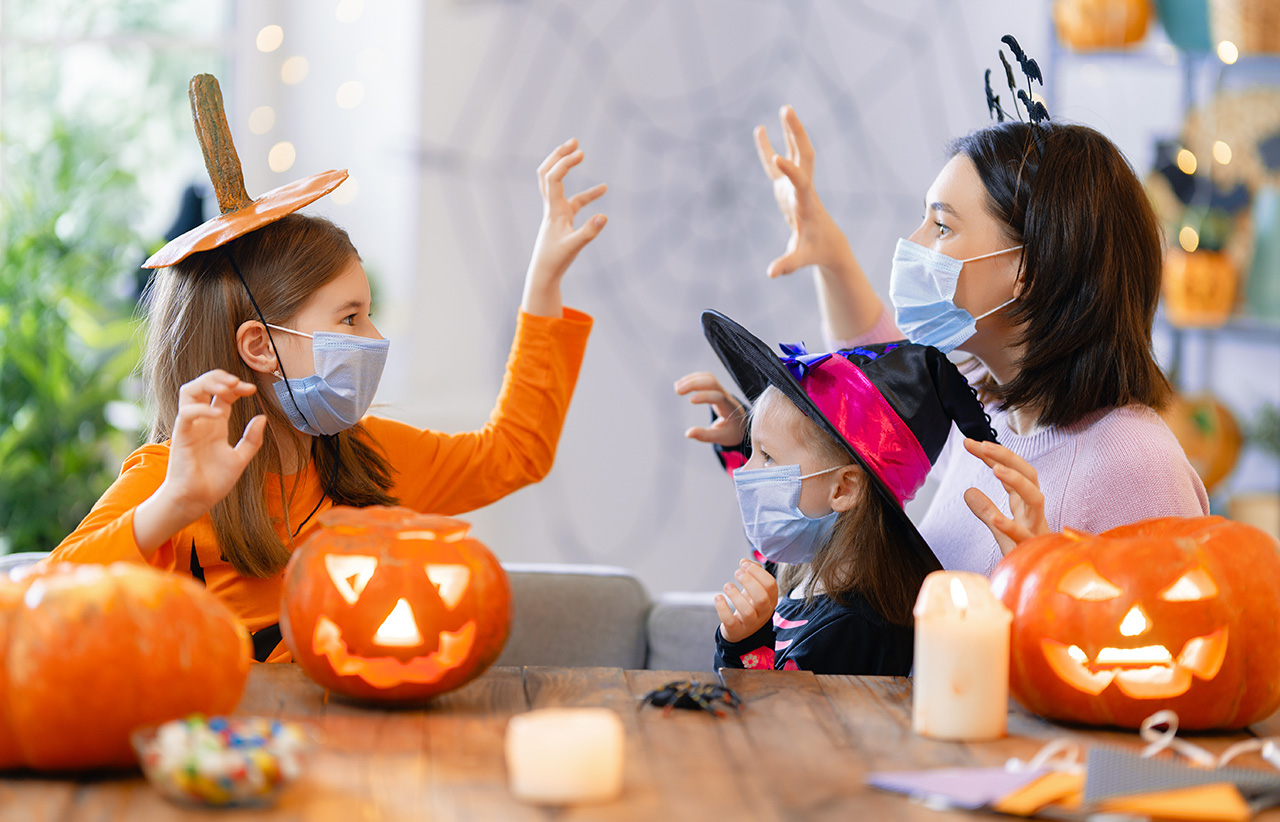
“It’s very hard for me to figure out how you’re going to do the normal trick-or-treating, the normal Halloween,” said Dr. Yvonne Maldonado, a professor of pediatric infectious diseases and health research and policy at Stanford Health Care. “Now, that said … people can be creative.”
In many cities, large gatherings are banned altogether, and the more recent trend toward Halloween parties is frowned upon in others. Trick or treating was initially banned in Los Angeles, but restructured to a suggestion instead of a mandate. Here in Texas, we are following the executive orders of Governor Abbot regarding COVID restrictions, which are in line with those of the CDC.
The Center for Disease Control and Prevention (CDC) has developed guidelines to follow to make all the fall and winter celebrations safer in the wake of the coronavirus. Some of those activities and traditions that pose the greatest risk include door-to-door trick or treating, “trunk-or-treating” where many cars are parked in large parking lots, indoor costume parties, indoor haunted houses, hayrides, and fall festivals where crowds gather.
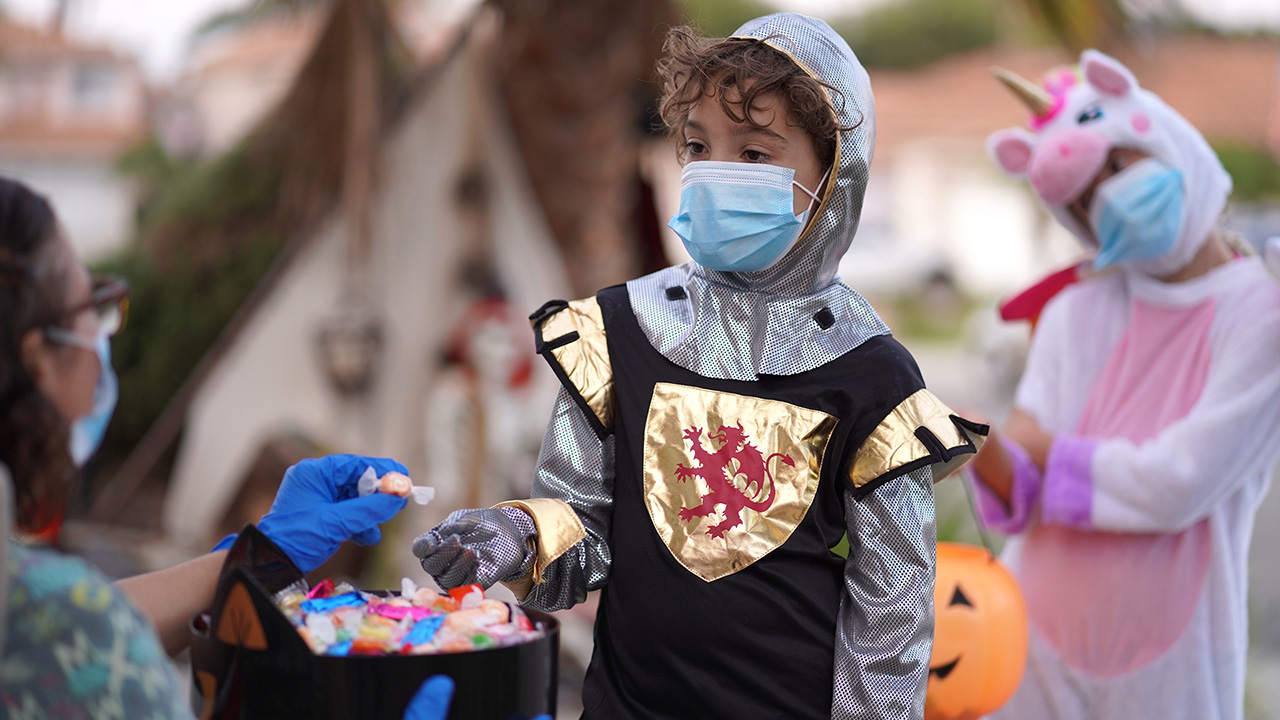
But all the fun isn’t banned! Here are some ideas that will encourage the fun of Halloween without risking the health of the kids (and adults) involved:
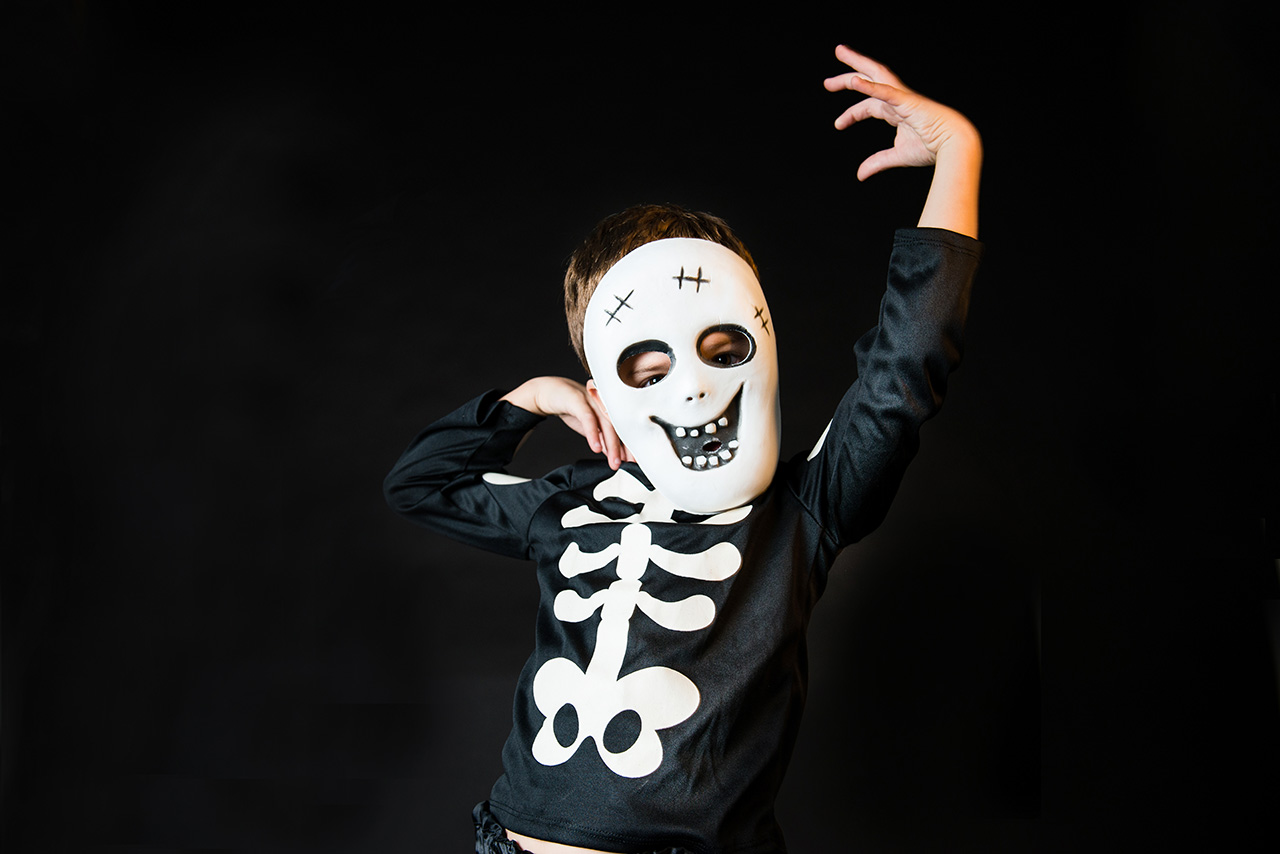
- Make your face covering part of your costume by decorating it (avoid using materials that will inhibit breathing). A Halloween mask is not a substitute for a cloth mask!
- Carve or decorate pumpkins with your family.
- If you want friends to participate, make it an outdoor activity and keep your distance from others who are not members of your household.
- Take a walk with your kids to admire Halloween decorations around the neighborhood.
- Make your walk a Halloween scavenger hunt with lists of things to look for and cross off (the first one who crosses off all of his or her list wins).
- Have a virtual costume contest with friends and family.
- Act out scary stories and video them to share with others.
- Make Halloween a family movie night and binge-watch scary movies.
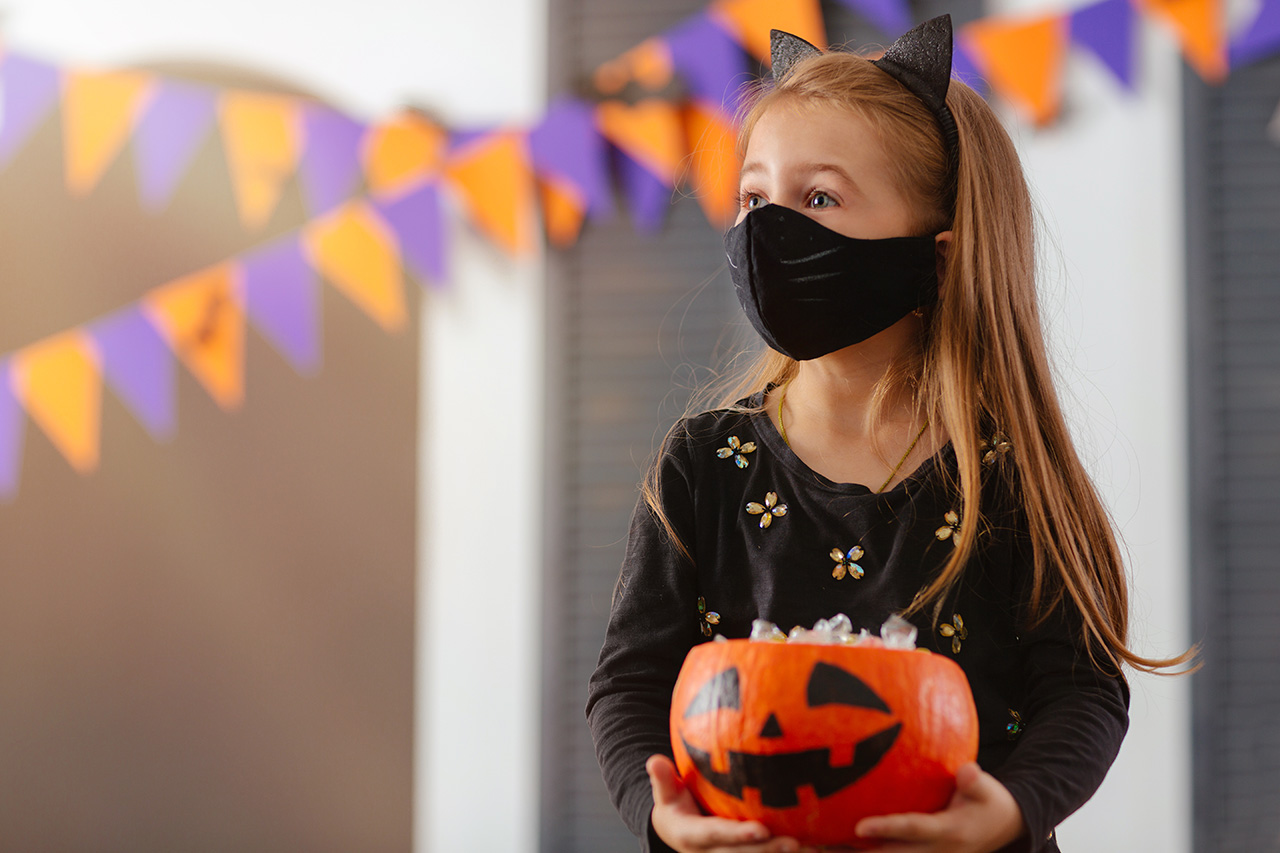
“Many traditional Halloween activities can be high-risk for spreading viruses,” the CDC’s holiday recommendations page says. “There are several safer, alternative ways to participate in Halloween. If you may have COVID-19 or you may have been exposed to someone with COVID-19, you should not participate in in-person Halloween festivities and should not give out candy to trick-or-treaters.”
